How To Take Creative Landscape Photos: Tips on Composition, Lighting, and Gear
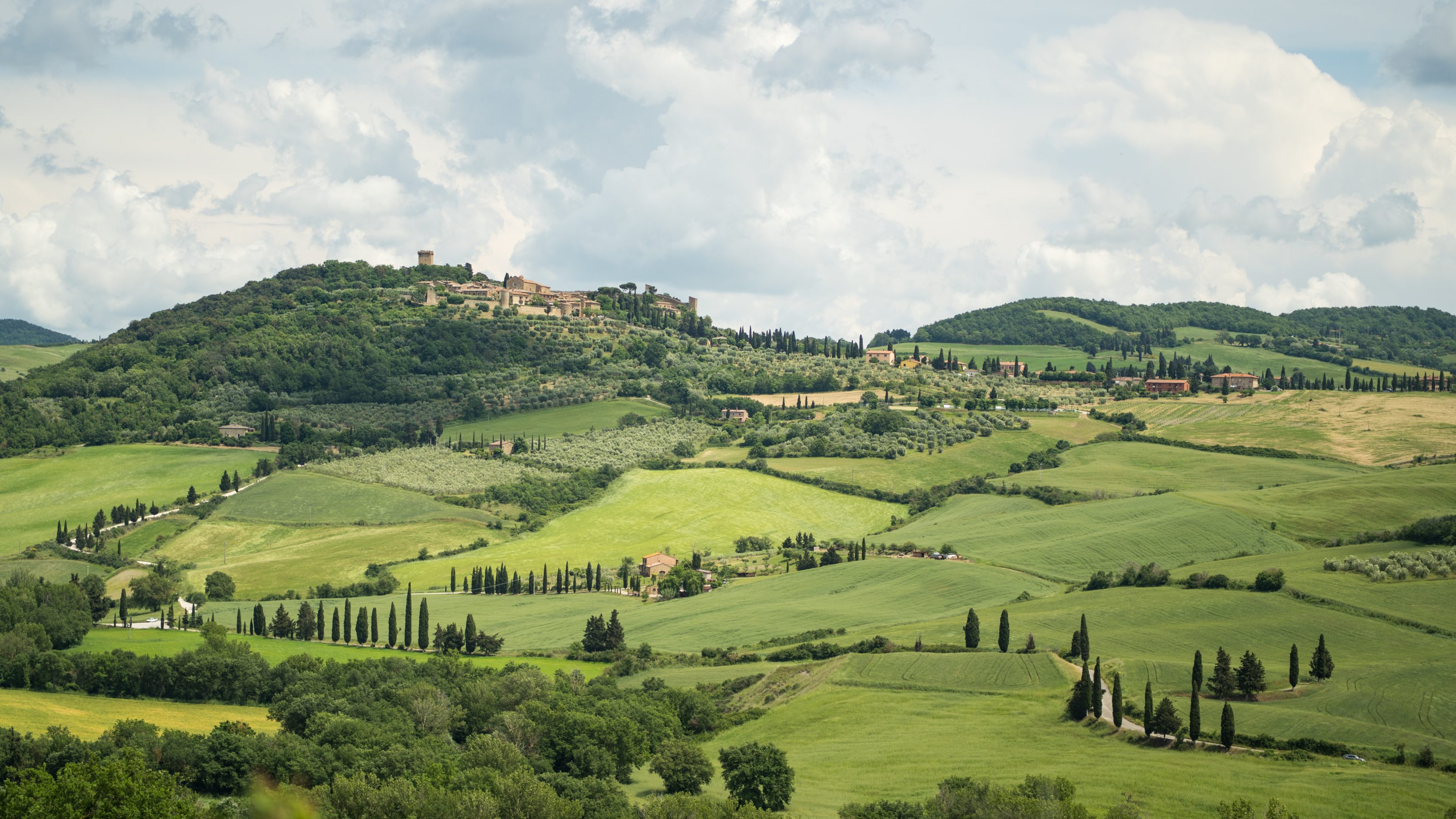
Landscape photography isn’t just about pressing the shutter when you see a beautiful view. To give your photos atmosphere, depth, and a story, you also need a bit of strategy. Good lighting, a touch of creativity, and the ability to perceive space can turn an ordinary scene into an impressive image. We’ll show you how.
In this article, you’ll learn:
- How to find interesting places for landscape photography close to home
- How to use the rule of thirds, natural lines, and foreground elements
- The best times to shoot landscapes: the golden hour, the blue hour, seasons, and weather
- Which lenses and filters work best for landscape photography
- How to use people, creative angles, and unconventional formats
- Where to look for inspiration from famous landscape photographers
Where to go
We’ll start with the simplest option: just go outside. Anywhere. A few miles beyond the city will do—a field, a meadow, a forest, or a pond. If you’re up for exploring, try observation towers, lookout points (great for layered landscapes), nature reserves, nature trails, open wilderness, or even familiar places you’ve never photographed. The magic of the everyday may surprise you.
The goal isn’t to hunt for the most iconic shot, but to learn how to read the landscape. Notice how the light shifts, how the wind ripples through the grass, and when the sky turns into a stage of its own.
Composition in landscape photography
Sure, landscapes may be vast, but your photo is just a rectangle—and you have to fit it all inside. The rule of thirds helps: imagine the frame divided into nine equal parts. Place the horizon along the top or bottom third, and the main subject at one of the intersections. The result feels balanced and natural.
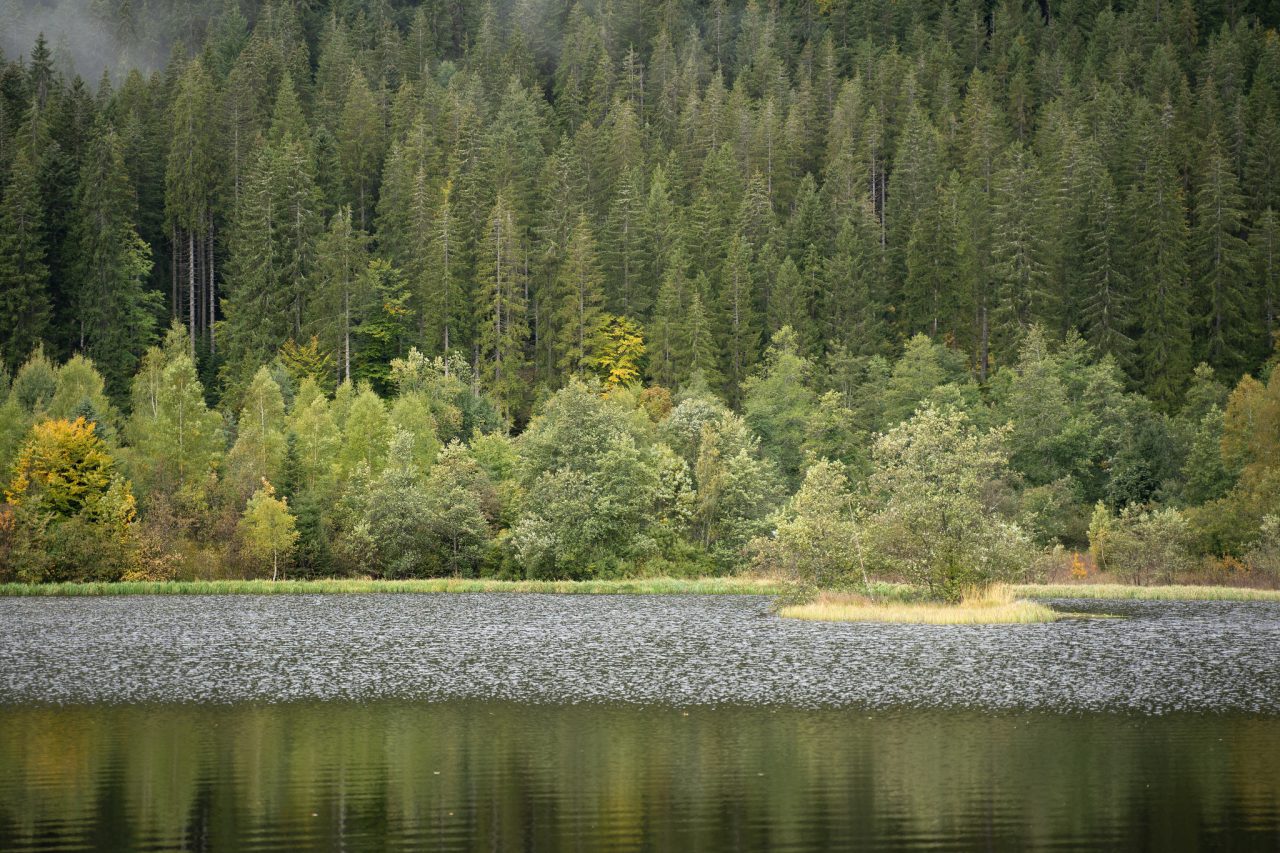
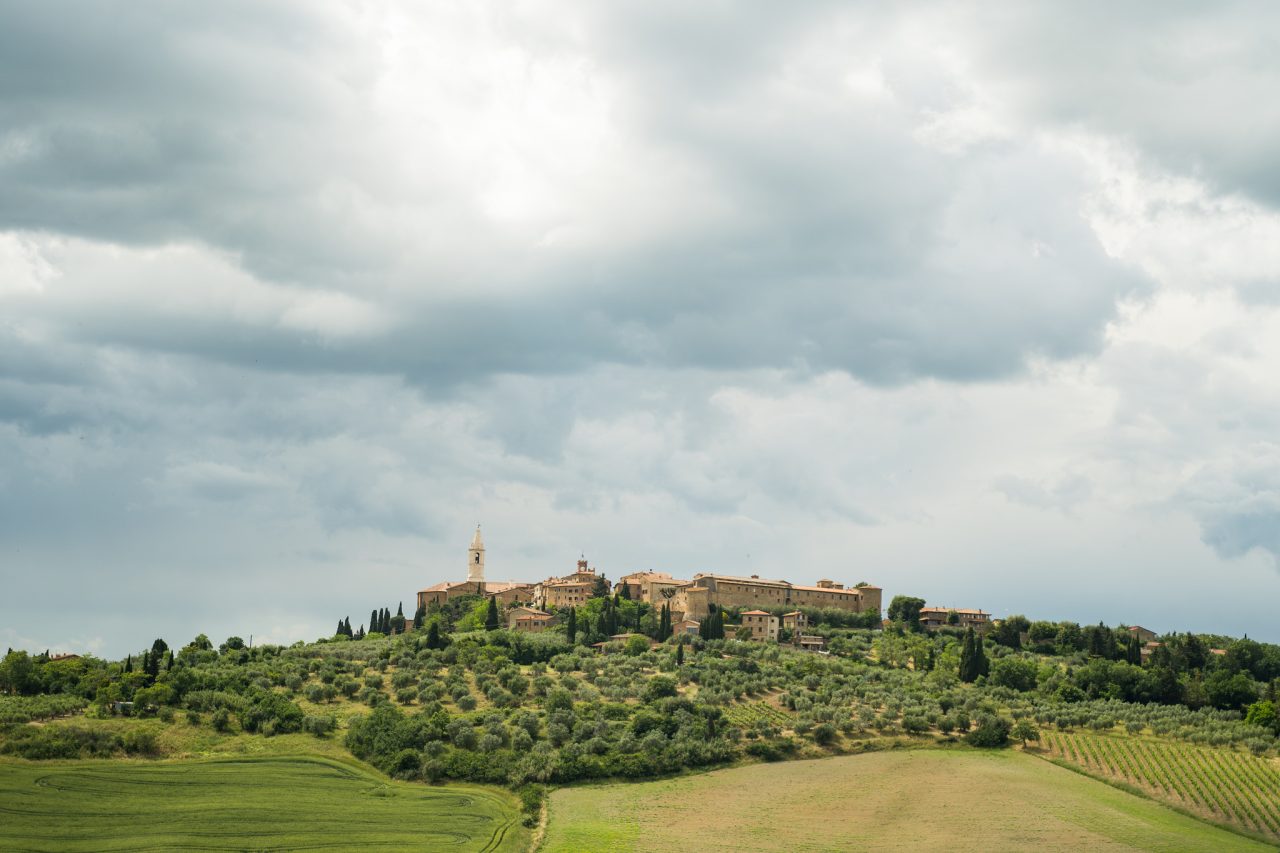
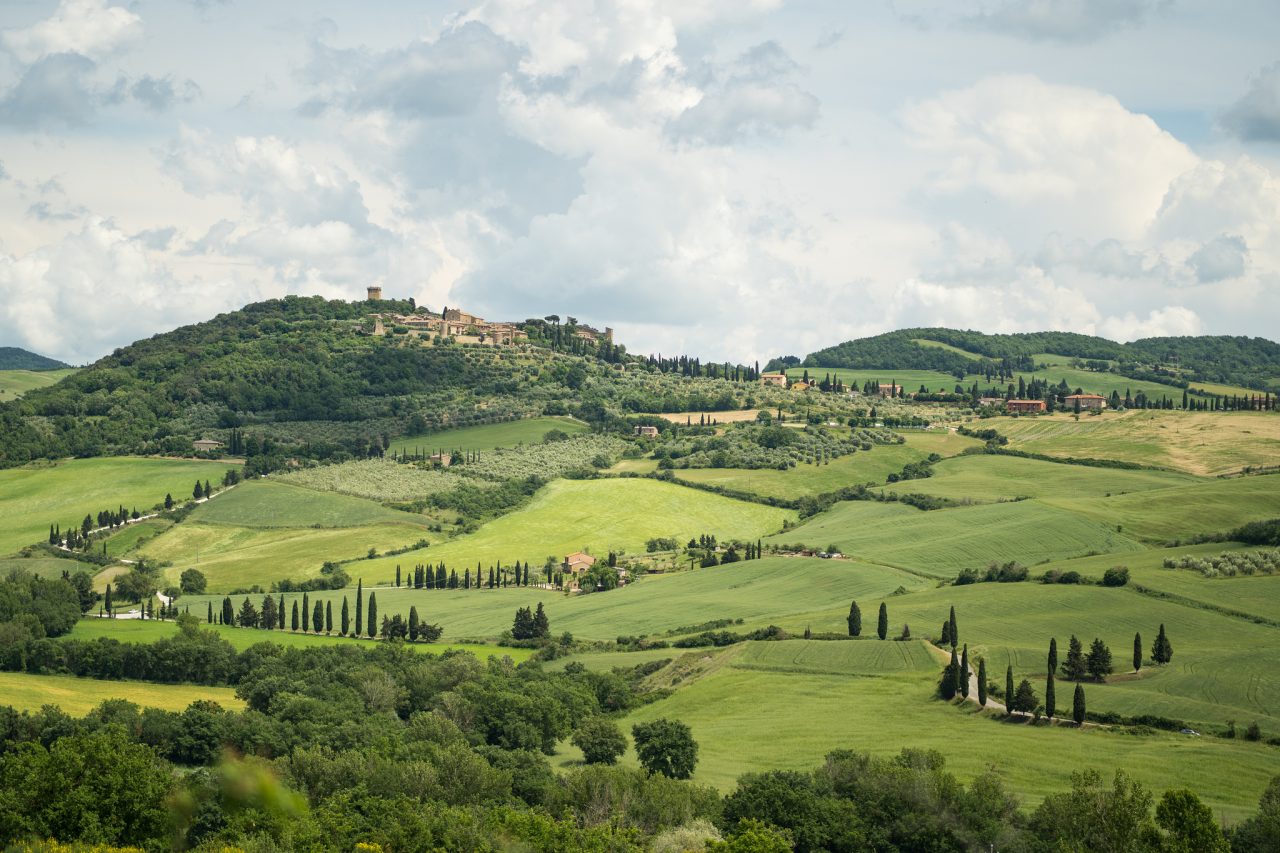
As these examples show, the rule of thirds can emphasize different parts of a photo. What’s more important—the sky or the ground?
Lines are another tool: paths, rivers, rows of trees. You can guide the viewer’s eye deeper into the image. The further the eye travels, the more space the photo seems to have.
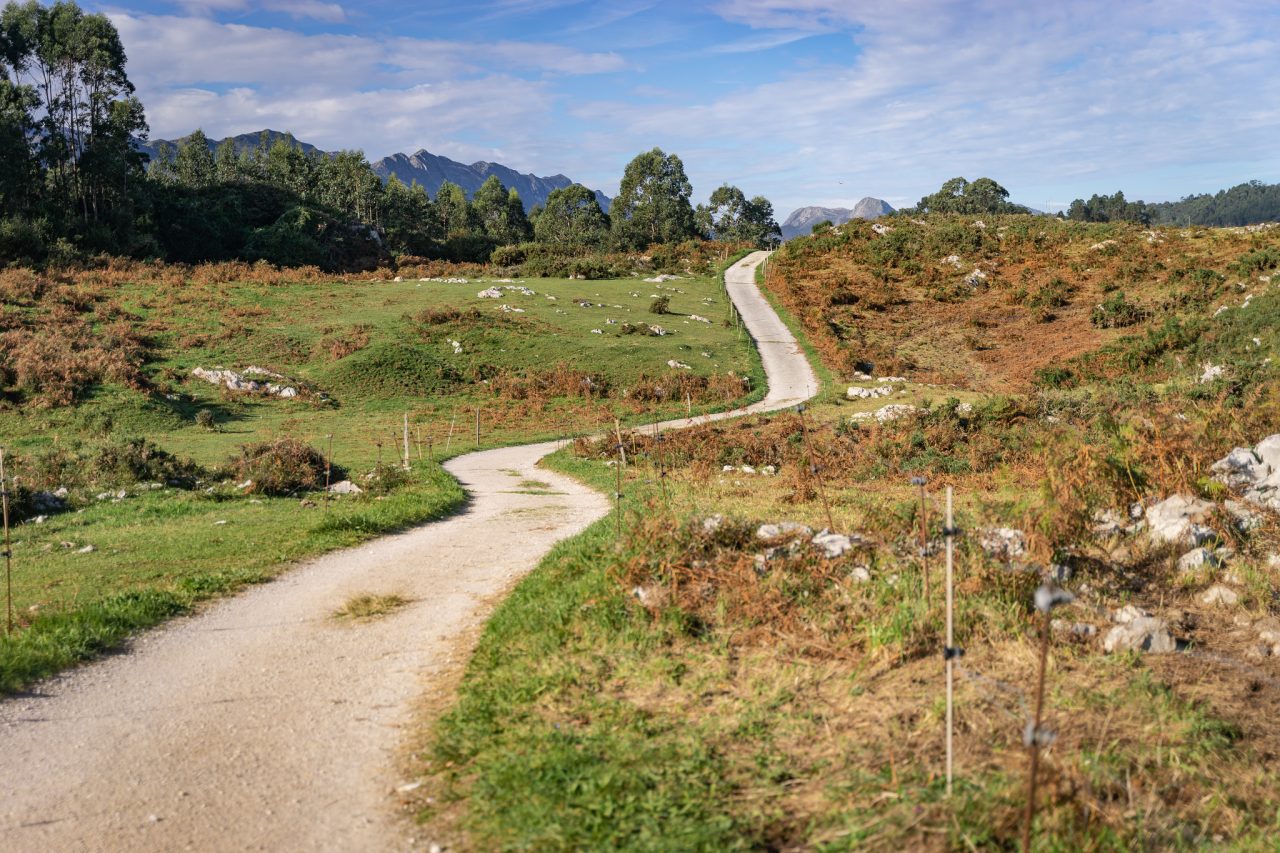
Working with foreground and depth
A striking landscape photo isn’t just about wide-open views. Try to add something to the foreground—a rock, flower, or branch. This helps you create depth and anchor the composition.
Think of it like a movie scene: foreground, middle ground, and background. When all three work together, the viewer can explore the image with their eyes.
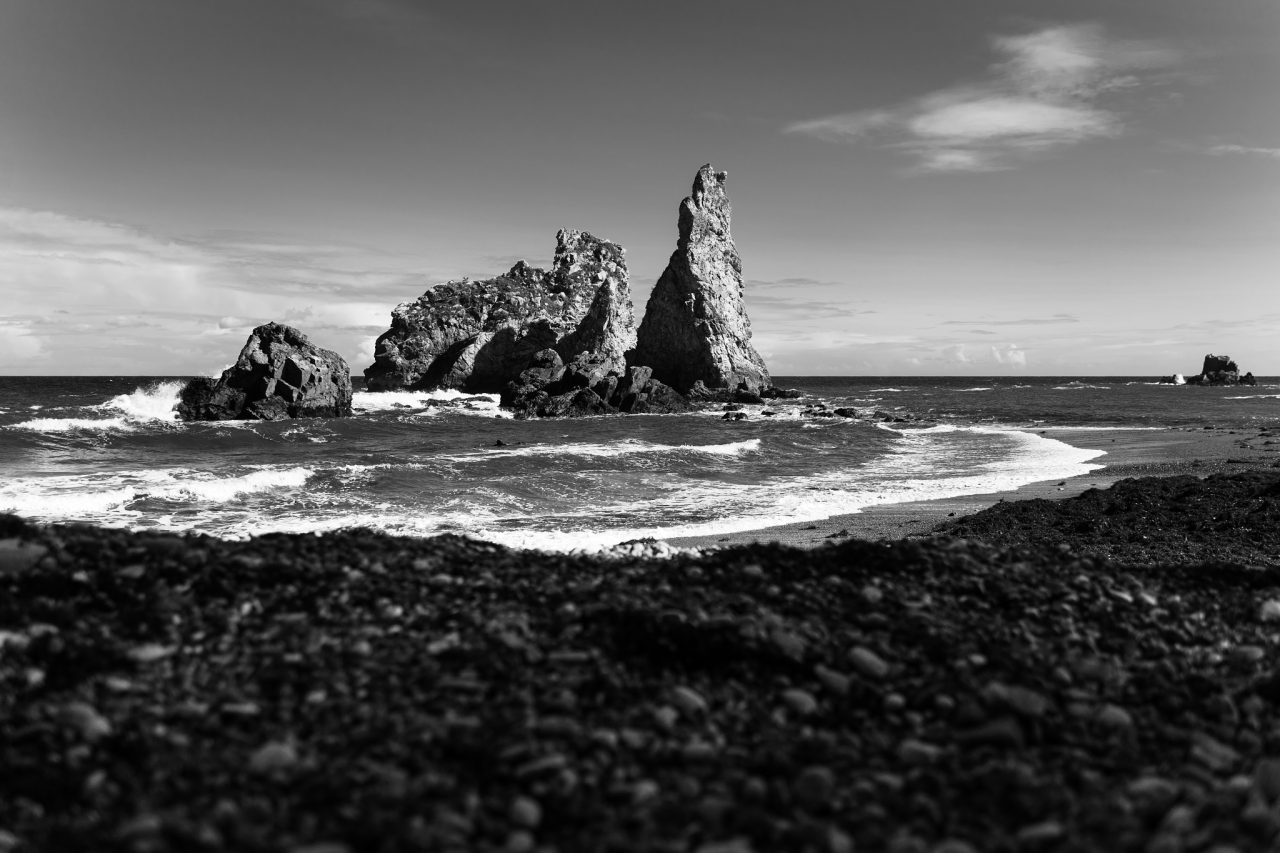
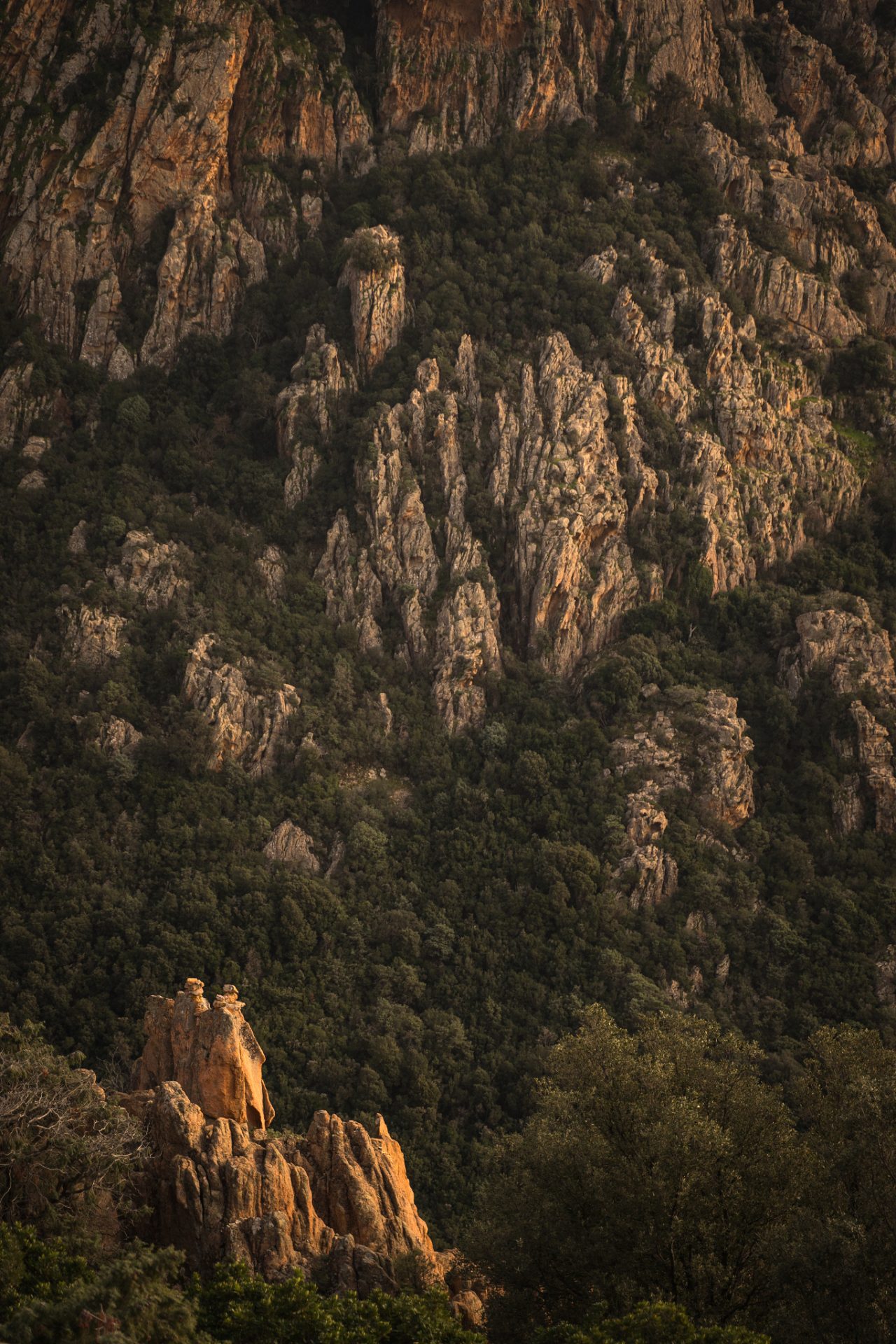
The Golden hour and blue hour: The best light for landscapes
You probably already know this, but it’s worth repeating: the best light isn’t at midday. Harsh sun creates strong contrasts and flat colors. About an hour after sunrise or before sunset comes the golden hour: warm, soft light that flatters the landscape.
Right before or after the golden hour is the blue hour, when the sky glows in cool blue tones, shadows soften, and everything feels calm. Early risers, or those who linger are rewarded with beautiful light.
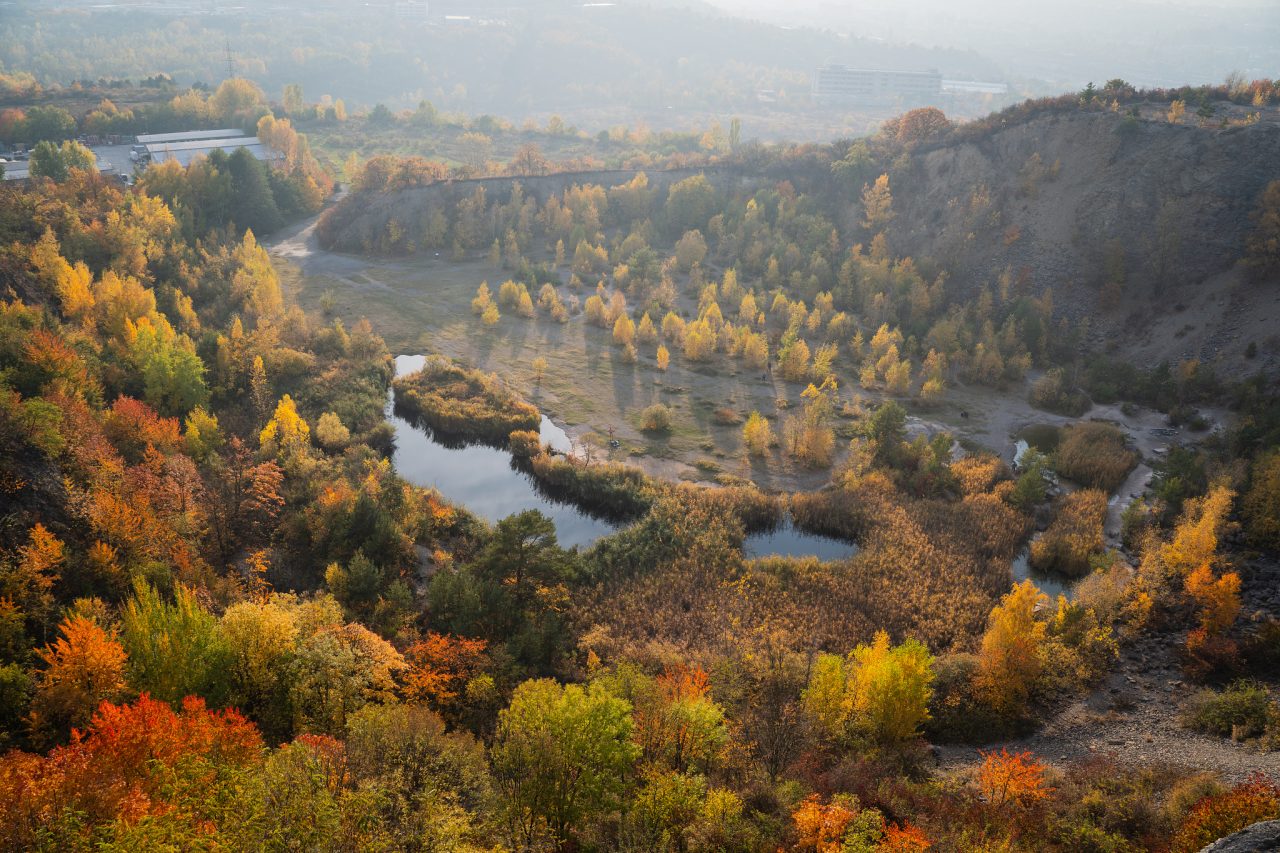

See our experiment where we photographed one landscape throughout an entire day. Watch how dramatically the light changes.
Landscapes through the seasons
Each season tells its own story. That’s why even two photos taken at the same place will never look alike. Spring brings fresh colors, mysterious fog, and flowers that shine in the foreground. Summer means strong light, tall grasses, and striking shadows and sunsets. Autumn offers golden fields, ripening fruit, and colorful trees. You can really play with contrasts and details in the leaves. Winter is like black and white poetry, but be careful to avoid overexposure.
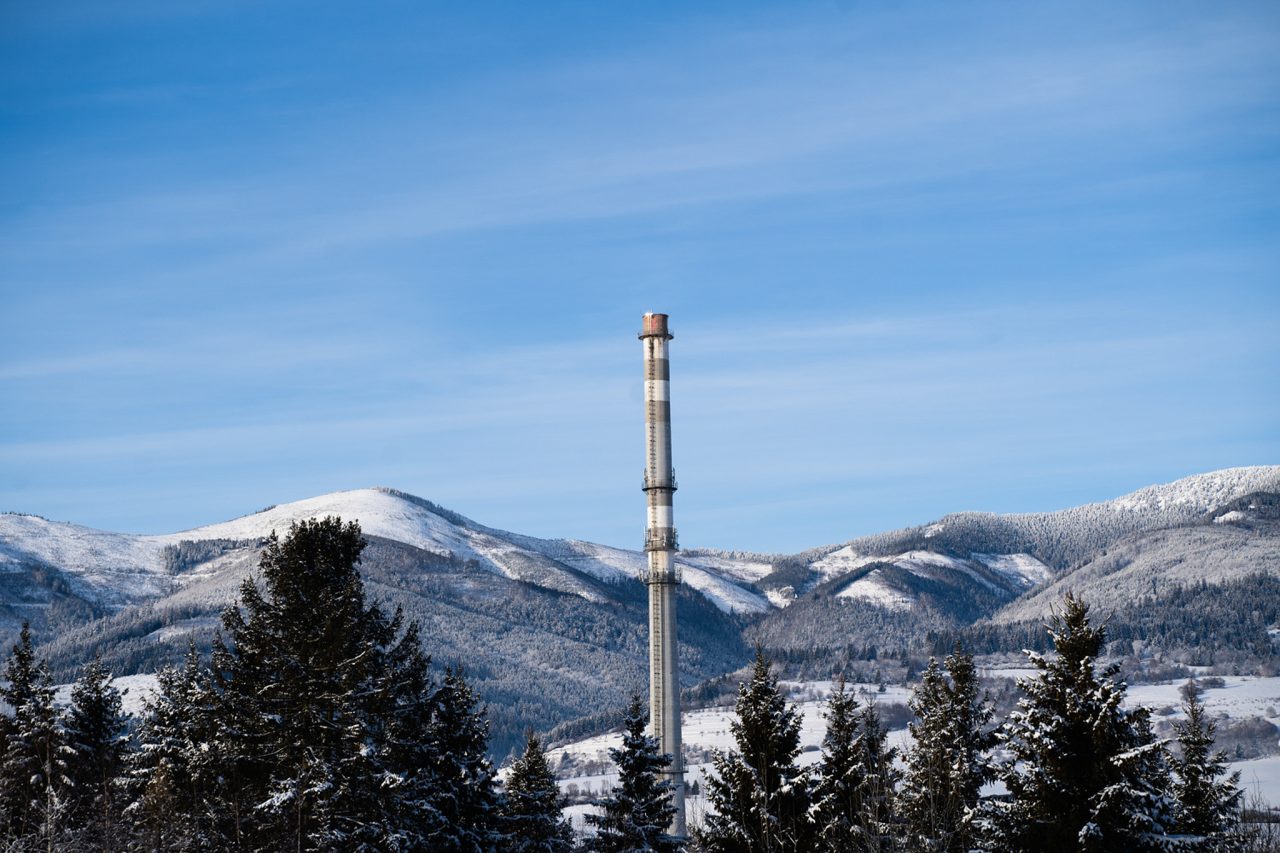
Wide-angle vs. telephoto lenses
Let’s talk about gear. If you want to stretch the landscapes across the whole frame, use a wide-angle lens (e.g., 16–24mm). It allows you to capture more of the scene and works beautifully with the foreground.
On the other hand, a telephoto lens (e.g., 70–200mm) can compress perspectives and bring out details in the distance: mountain layers, forest colors, or a cottage under a cliff. Zoom is especially useful when you can’t (or don’t want to) move closer, and when you want to cut distractions from the frame.
Filters also come in handy. Polarizing filters darken the sky, make clouds pop, and reduce reflections on leaves or water. The stronger ND filter allows long exposures even in daylight, blurring moving water or clouds.
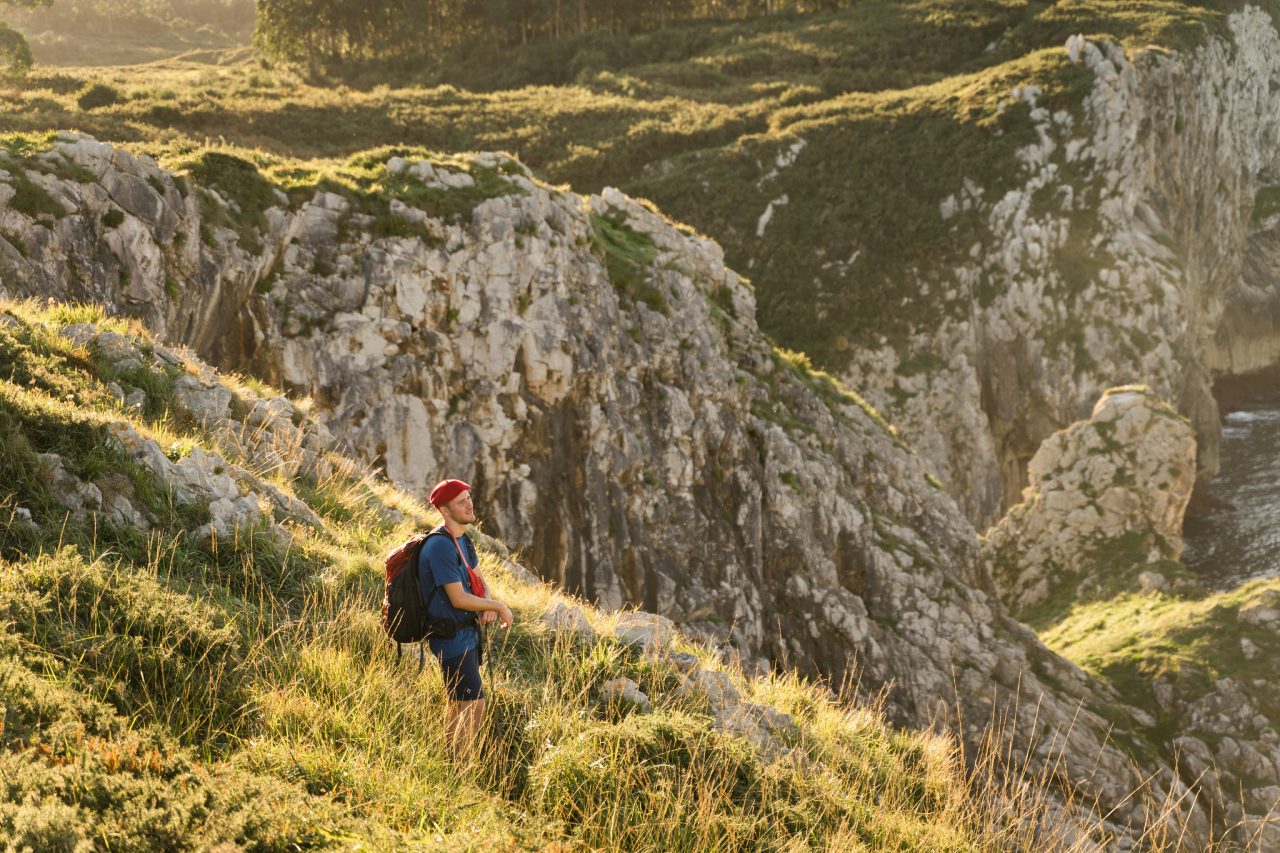
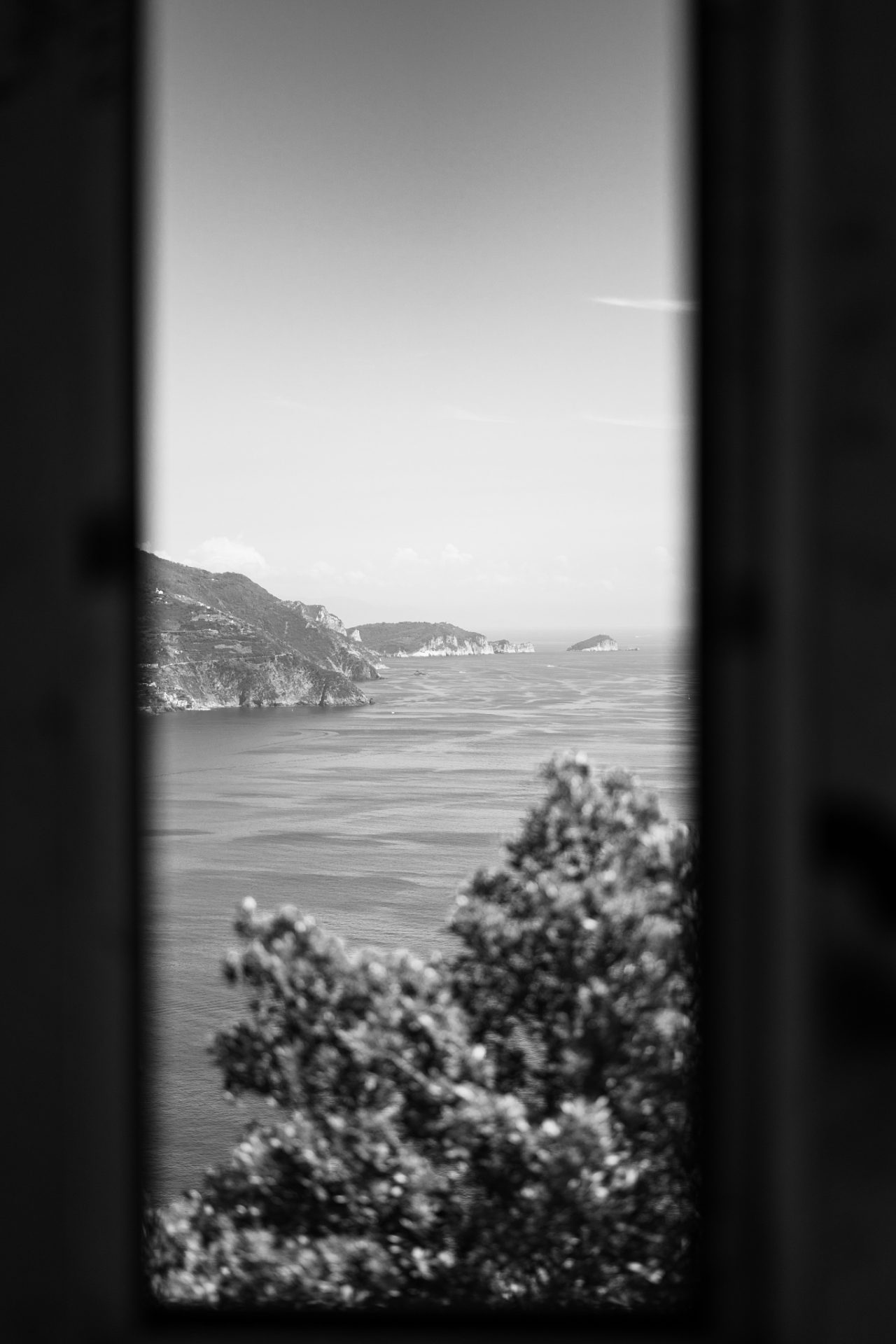
Get creative
When the landscape alone isn’t enough, add your own twist. Shoot from unusual angles—lie down in the grass, put your camera on the ground, or climb onto a stump.
Switch up the format: square, panorama, or extreme crop. Use reflections in the water, glass, or puddles, play with shadows, or deliberately add a human element—a person, backpack, or bike—for scale.
Don’t be afraid of movement during the exposure. With longer shutter speeds (e.g., 1/10s), you can move the camera freely and create abstract streaks of color and shape. If it starts to rain or the fog rolls in, don’t put your camera away. This kind of weather creates moods you won’t get on sunny days. Landscapes don’t always need to be sharp and realistic. Experiment with blur, underexposure, or black and white.


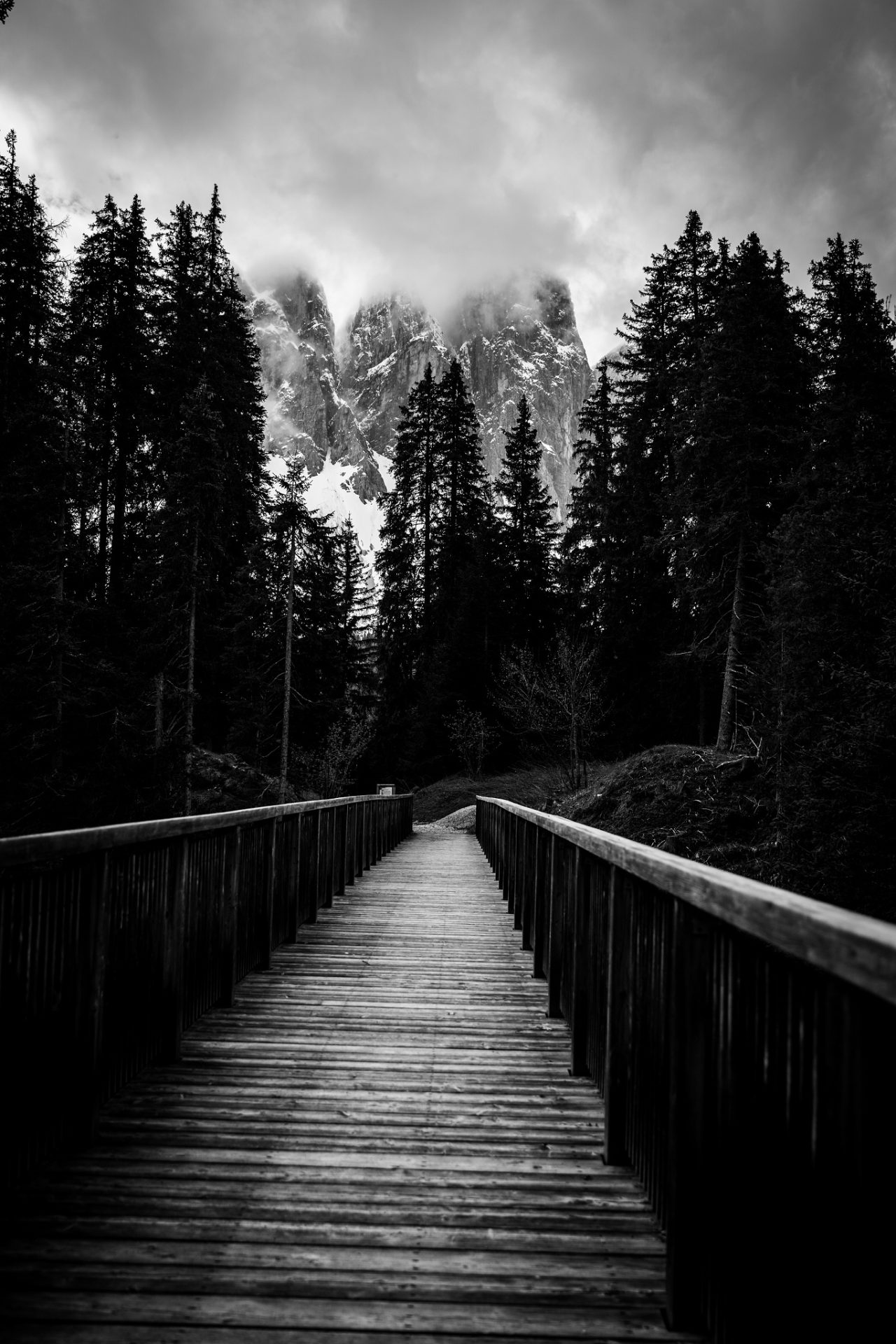
Here, you can see how lines, or the lack of them, change the image. Because of the fog, I edited this series into a dramatic black and white.
Get inspired
Here are a few photographers worth following, whether for their composition, use of light, or emotional impact.
- Ansel Adams — a legend of American black-and-white landscape photography, master of contrast and precision. He worked long before digital, but his images remain timeless lessons in composition and tonal balance.
- Michael Kenna— known for minimalist landscapes with subtle tones, fog, and long exposures. His photos exude a meditative calm and prove that even simple composition can be powerful.
- Elia Locardi—a contemporary landscape photographer who blends technical precision with a globe-trotting style. His multi-exposure images look natural yet striking, a great inspiration for anyone looking to push their landscape work further.
- Isabella Tabacchi—an Italian landscape photographer who captures dramatic mountain panoramas. Her meticulous post-production and atmospheric style make her work especially appealing for lovers of alpine scenes and dramatic light.
- Jan Šmíd—one of the top Czech landscape photographers, known for his panoramas, detailed nightscapes, and subtle editing. His images have an almost cinematic atmosphere.
Do you have a favorite landscape photographer
The endless possibilities of landscape photography
Landscape photography is patient. It won’t run away from you. But it won’t hand you everything either. You have to seek it out, both physically and visually. You have to learn to perceive space, light, and time.
Next time you go outdoors, pause and look around. Not as a tourist, but as a photographer. Ask yourself: What do I want to capture about this place?
Then, just take a deep breath, compose…and press the shutter button.
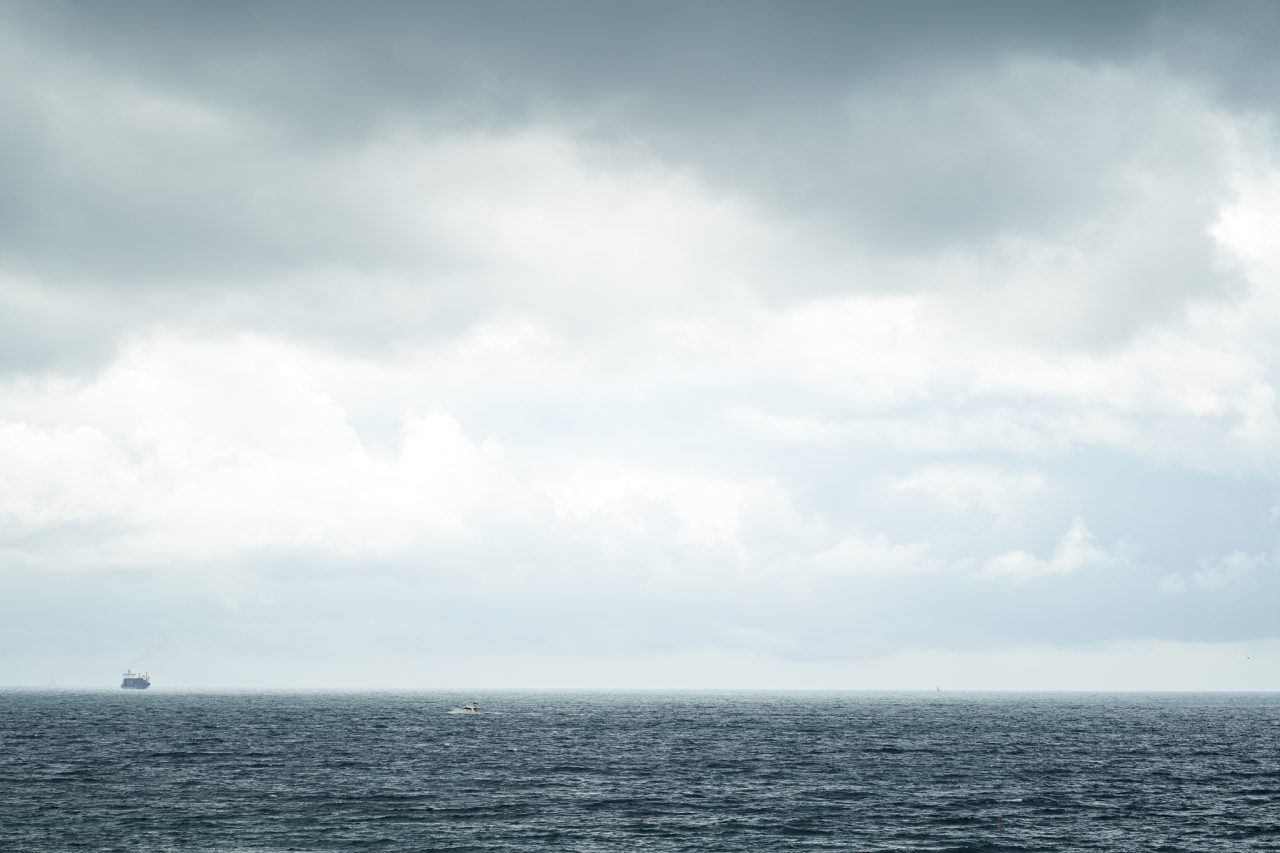
Landscape photography FAQs
What camera settings are best for landscapes? A higher f-number (e.g, f/8–f/11) ensures sufficient depth of field, and a low ISO (100–200) preserves image quality. Adjust shutter speed based on light or use a tripod.
Is a wide-angle or telephoto lens better? Both have their strengths. A wide-angle emphasizes space and the foreground, while a telephoto highlights layers and distant details. Ideally, carry both.
Why shoot landscapes in RAW? RAW files preserve more information about light and color than JPEGs. This gives you more flexibility when fine-tuning exposure, contrast, or color mood during editing.
Do I need a tripod for landscapes? A tripod is not always necessary, but is valuable for longer exposures, or when photographing water, stars, or twilight scenes.